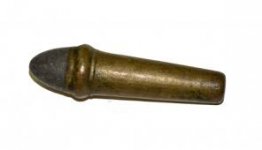Bartek
Sr. Member
- Apr 5, 2014
- 298
- 1,035
- 🥇 Banner finds
- 1
- Detector(s) used
- XP Deus
- Primary Interest:
- All Treasure Hunting
Took a ride with eastcoasthunter to western nj today. Few decent targets:
First up out of the dirt was this Bank token (Trenton)not sure on its age, so feedback is appreciated.
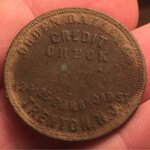
Later on I scored two of what resemble old bullets, however I never seen this style with top wide:
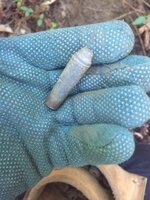
Lastly was to Indians a 1865 and 1869 semi key date.
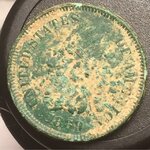
Thanks for looking guys, happy hunting!
First up out of the dirt was this Bank token (Trenton)not sure on its age, so feedback is appreciated.

Later on I scored two of what resemble old bullets, however I never seen this style with top wide:

Lastly was to Indians a 1865 and 1869 semi key date.

Thanks for looking guys, happy hunting!
Amazon Forum Fav 👍
Upvote
16




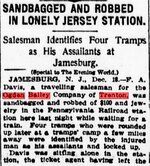
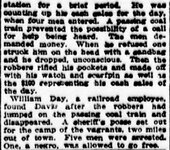





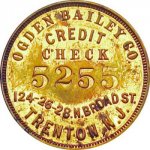
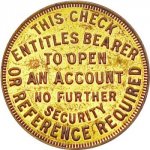


 Buy something else while your here !
Buy something else while your here !